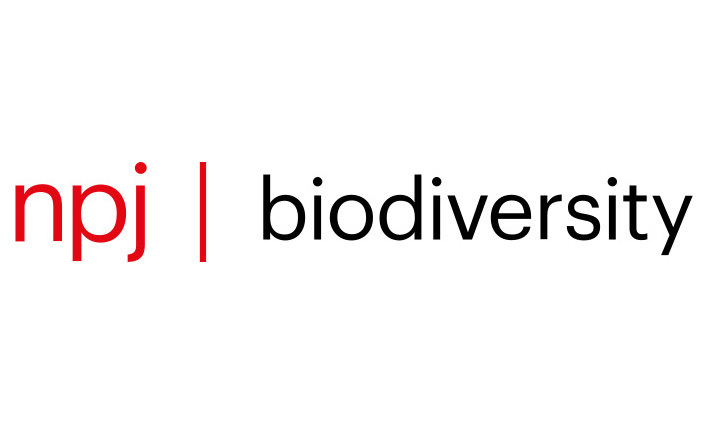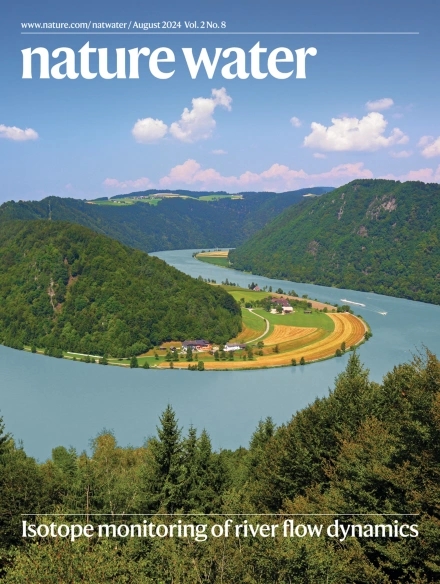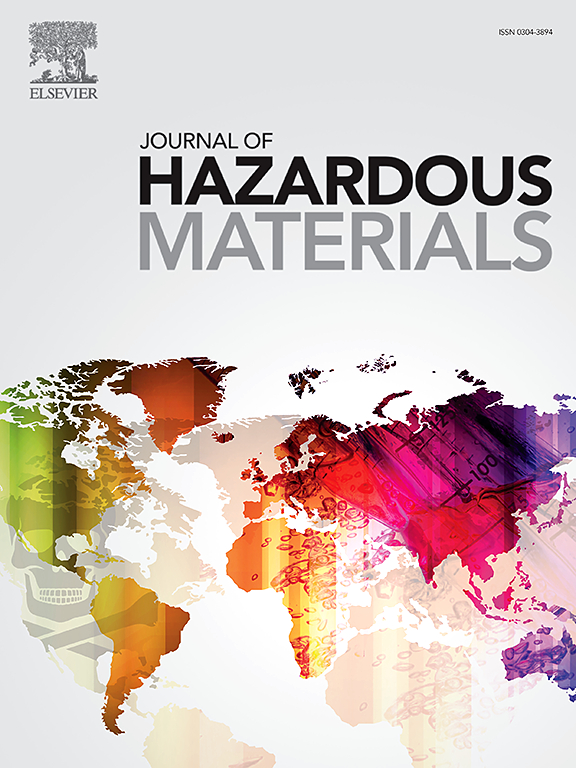Please find all scientific publications of IGB under > scientific publications
For more detailed information please refer to our > library catalogue
291 - 300 of 739 items

September 2024
Viruses. - 16(2024)10, Art. 1515
Evolutionary Insights from Association Rule Mining of Co-Occurring Mutations in Influenza Hemagglutinin and Neuraminidase
Valentina Galeone; Carol Lee; Michael T. Monaghan; Denis C. Bauer; Laurence O. W. Wilson

September 2024
npj Biodiversity. - (2024)3, 28
The European Reference Genome Atlas: piloting a decentralised approach to equitable biodiversity genomics
Mc Cartney, A.M., Formenti, G., Mouton, A. et al.
Researchers from all over Europe have created high-standard reference genomes for 98 species as part of the European Reference Genome Atlas (ERGA) pilot project. This collaboration of scientists from 33 countries is an important milestone on the way to a reference genome database for European animals, plants and fungi.

September 2024
Nature Water. - 2(2024), 915-918
Ecohydrological resilience and the landscape water storage continuum in droughts
Doerthe Tetzlaff; Hjalmar Laudon; Shuxin Luo; Chris Soulsby
A better understanding of water storage dynamics at medium scales, i.e. areas between 10 and 100 square kilometres, could help to better predict and ensure the availability of water resources, even in times of climate change. To this end, the researchers here synthesised findings from several long-term studies and introduced the concept of ecohydrological resilience.

September 2024
Hydrological Processes. - 38(2024)9, Art. e15276
Evaluating input data sources for isotope-enabled rainfall-runoff models
Andrew Watson; Christian Birkel; Saul Arciniega-Esparza; Jan de Waal; Jodie Miller; Yuliya Vystavna; Jared van Rooyen; Angela Welham; Hayoung Bong; Kei Yoshimura; Jörg Helmschrot; Annika Künne; Sven Kralisch

September 2024
International Journal of Astrobiology. - 23(2024), e18
Observation of significant photosynthesis in garden cress and cyanobacteria under simulated illumination from a K dwarf star
Iva Vilović; Dirk Schulze-Makuch; René Heller

September 2024
Belgian Journal of Entomology. - 151(2024), 1-35
Illustrated and commented checklist of the longhorn beetles of Kuzikus Wildlife Reserve in the Kalahari, Namibia (Coleoptera: Cerambycidae)
Alain Drumont; Karl Adlbauer; Gérard Tavakilian; David Schimrosczyk; Johanna E. Reinhard; Jérôme Constant

September 2024
BioInvasions Records. - 13(2024)4, 927-940
First occurrence of the mysid Hemimysis anomala G.O. Sars, 1907 in Lake Stechlin, Germany
James W. E. Dickey; Jonathan M. Jeschke; Marén Lentz; Elizabeta Briski; Elžbieta Kazanavičiūtė; Stella A. Berger; Jens C. Nejstgaard

September 2024
Water Resources Research. - 60(2024)9, Art. e2023WR036827
Integrating Habitat Suitability and Larval Drift Modeling for Spawning‐To‐Nursery Functional Habitat Connectivity Analysis in Rivers
David Farò; Christian Wolter

September 2024
Journal of Hazardous Materials. - 477(2024), Art. 135152
Enhanced inhibitory efficiency against toxic bloom forming Raphidiopsis raciborskii by Streptomyces sp. HY through triple algicidal modes: Direct and indirect attacks combined with bioflocculation
Yan Xie; He Zhang; Baiyu Cui; Ruozhen Geng; Hans-Peter Grossart; Peng Xiao; Jun Zuo; Hai Zhang; Zeshuang Wang; Guang Wang; Xudong Wang; Zengling Ma; Renhui Li

September 2024
International Journal of Digital Earth. - 17(2024)1, Art. 2391033
GeoFRESH – an online platform for freshwater geospatial data processing
Sami Domisch; Vanessa Bremerich; Merret Buurman; Béla Kaminke; Thomas Tomiczek; Yusdiel Torres-Cambas; Afroditi Grigoropoulou; Jaime R. Garcia Marquez; Giuseppe Amatulli; Hans-Peter Grossart; Mark O. Gessner; Thomas Mehner; Rita Adrian; Luc De Meester

